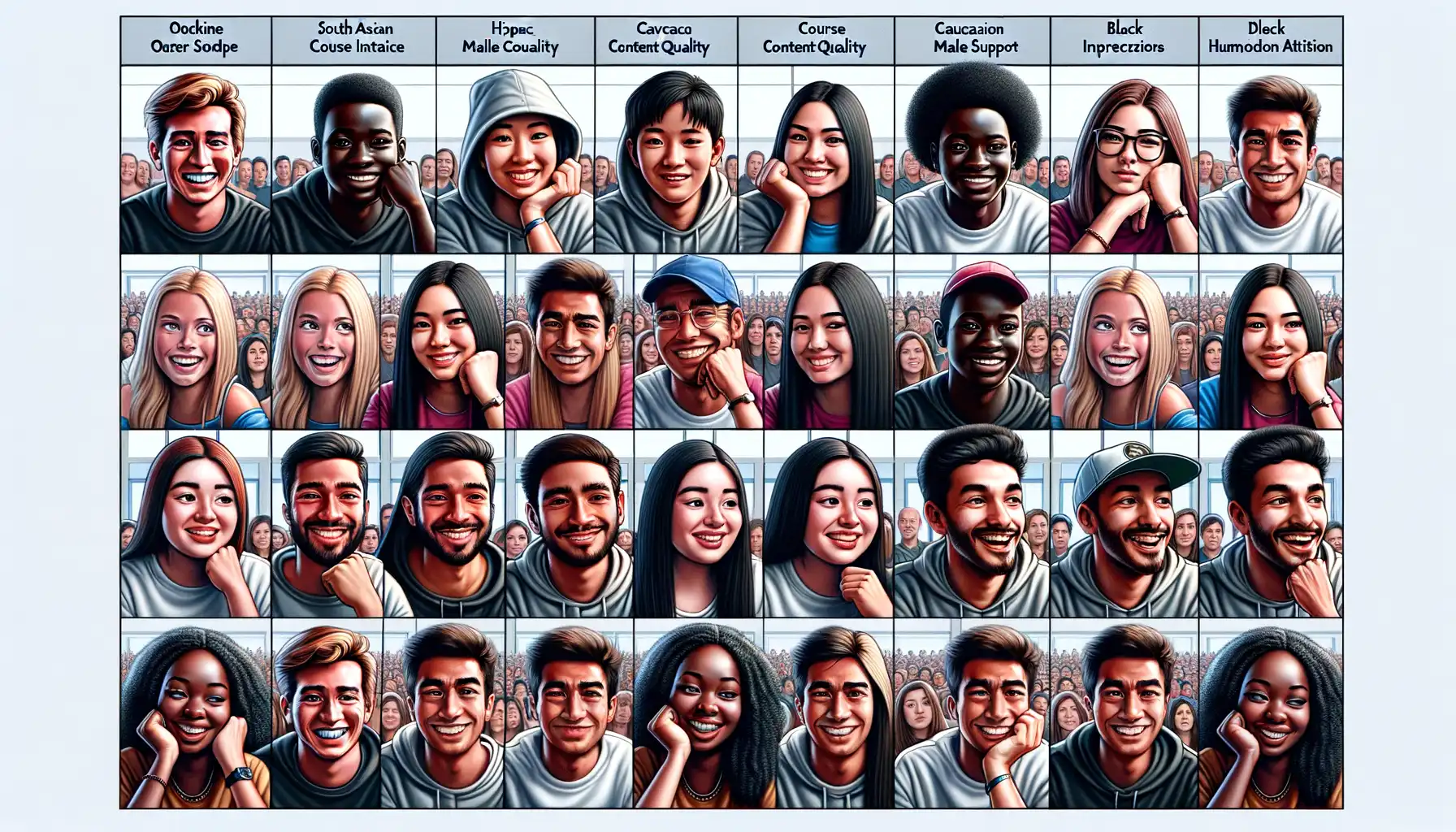Understanding the Needs of Aspiring Numismatists
What Drives the Passion for Coins?
To truly connect with your audience of aspiring numismatists, it’s vital to step into their well-worn shoes and see the world through their eyes. These individuals aren’t just collecting coins—they’re chasing stories, history, and connections to distant eras. Each coin they hold whispers something unique: a Roman denarius might evoke images of ancient empires, while a tarnished penny could represent a turning point in someone’s personal journey.
Begin by asking yourself: what ignites their excitement? For many, it’s not about gold or monetary value—it’s the thrill of discovering that rare mint error or brushing fingers over a century-old artifact. Your online course must tap into this passion, creating lessons that mirror their deep curiosity about history, design, and legacy.
Remember, these aren’t just learners—they’re treasure hunters at heart, yearning for education that feels as vibrant and layered as the coins they cherish.
Planning and Structuring Your Course Content

Map Out the Treasure Hunt
Picture this: your course is like a treasure map for aspiring numismatists. Each module, each lesson, is an essential stop on their journey to discovering the gold—both literal and metaphorical! That’s why planning your content isn’t just important—it’s the cornerstone of success. Start by brainstorming everything your audience would need to know, from identifying rare coins to understanding their historical significance.
Break it down into digestible chunks—think of each lesson as a shiny coin itself. For example:
- Introduction to Numismatics: The art, history, and thrill of collecting.
- Identifying Coins: Uncovering mint marks, materials, and engravings.
- Evaluating Value: What makes a coin priceless?
Organize your topics in a logical flow. Do beginners need foundational knowledge first? Absolutely. Layer complexity gradually—no one builds their collection starting with rare gold Roman denarii!
Customize the Learning Journey
Not all aspiring numismatists are the same. Some might dream of assembling collections to rival museums; others could simply want to explore a fascinating new hobby. Think about these motivations while designing your course flow. Incorporate diversity in activities like downloadable cheat sheets, practical exercises (e.g., cataloging a small coin batch), or quizzes. Your structure should feel like a personalized guidebook, tailored to every student’s ambitions.
Remember: a well-planned course isn’t just informative—it’s a revelation waiting to happen.
Choosing the Right Online Course Platform

How to Find the Perfect Home for Your Online Course
Creating an online course is like minting a one-of-a-kind coin—it deserves the perfect display case. The platform you choose will be the polished pedestal where your hard work shines, so let’s explore how to find that ideal fit.
Picture this: you’re an aspiring numismatist diving into your first course on coin collecting, and the interface is clunky or confusing. That’s the last thing you want for your audience. A stellar platform isn’t just about functionality; it’s about giving your learners a seamless experience that feels as rewarding as finding a rare 1909-S VDB Lincoln cent in pristine condition.
Here’s what to look for as you sift through the options:
- User-friendly design: Choose something intuitive—think smooth navigation and mobile responsiveness.
- Custom features: Can it accommodate quizzes, video lectures, or even interactive timelines of coin history?
- Scalability: Planning to expand? Make sure your platform grows with you.
And don’t forget support! When tech issues arise—and they will—you’ll need a team as reliable as a carefully culled collection catalog.
Creating Engaging and Educational Materials

Bring Coins to Life with Creative Teaching Tools
Imagine holding a rare 19th-century coin in your hand. Now, imagine how much livelier an online course could feel if you recreated that experience for your students. Crafting engaging, educational materials is like giving your learners a treasure map—they’ll not only stay on the journey but savor every step.
Break out of the textbook mindset! Sure, facts are important, but why stick to plain text when you can weave captivating tales around coins? Transform dry lessons into vivid explorations by combining storytelling with visuals. Show an ancient Roman coin up close while recounting the gripping story of Emperor Nero’s infamous rule.
- Leverage video demonstrations—show the techniques for recognizing counterfeit coins.
- Include downloadable worksheets that challenge students to categorize coins by era or composition.
- Create quizzes that feel more like games than tests; think scavenger hunts built around numismatic trivia!
Immersive Learning = Real Retention
Interactive tools are your secret weapon. Consider virtual magnification software to let learners “handle” coins from afar. Or host live Zoom unpackings of famous collections—it’s like opening treasure chests together, one coin at a time.
And don’t forget to speak to the numismatist’s heart. They’re not just learning… they’re connecting with history, artistry, and culture. Your materials should reflect that passion.
Marketing and Launching Your Online Course

Crafting Your Buzz-Worthy Launch Strategy
When it’s time to share your hard work with the world, don’t just hit “publish” and hope for the best—give your course the grand entrance it deserves! Imagine launching your online course for aspiring numismatists like unveiling a rare coin at an auction. It’s all about building excitement and drawing in your audience.
Start by connecting with your niche. Aspiring numismatists are passionate folks—they love uncovering history through coins. Speak to that passion. Highlight how your course will help them identify a 19th-century penny or understand the value of minting errors. Create social media teasers with close-up shots of collectible coins and captions like, “Unlock the secrets behind this piece of history.”
- Email Marketing: Build an email list and send sneak peeks of your course content to keep curiosity alive.
- Community Engagement: Join forums or Facebook groups where coin collectors gather, and share tips related to your course topic.
Using Free Content to Build Trust
Everyone loves a freebie—and offering value upfront could be your secret weapon. Consider a short video tutorial on identifying counterfeit coins or a free worksheet for cataloging a collection. By giving away something useful, you create trust while showcasing your expertise. Suddenly, your audience isn’t just intrigued—they’re invested.
Finally, don’t forget the personal touch. A heartfelt story about why you fell in love with numismatics can turn casual browsers into loyal students. Make your passion contagious!
